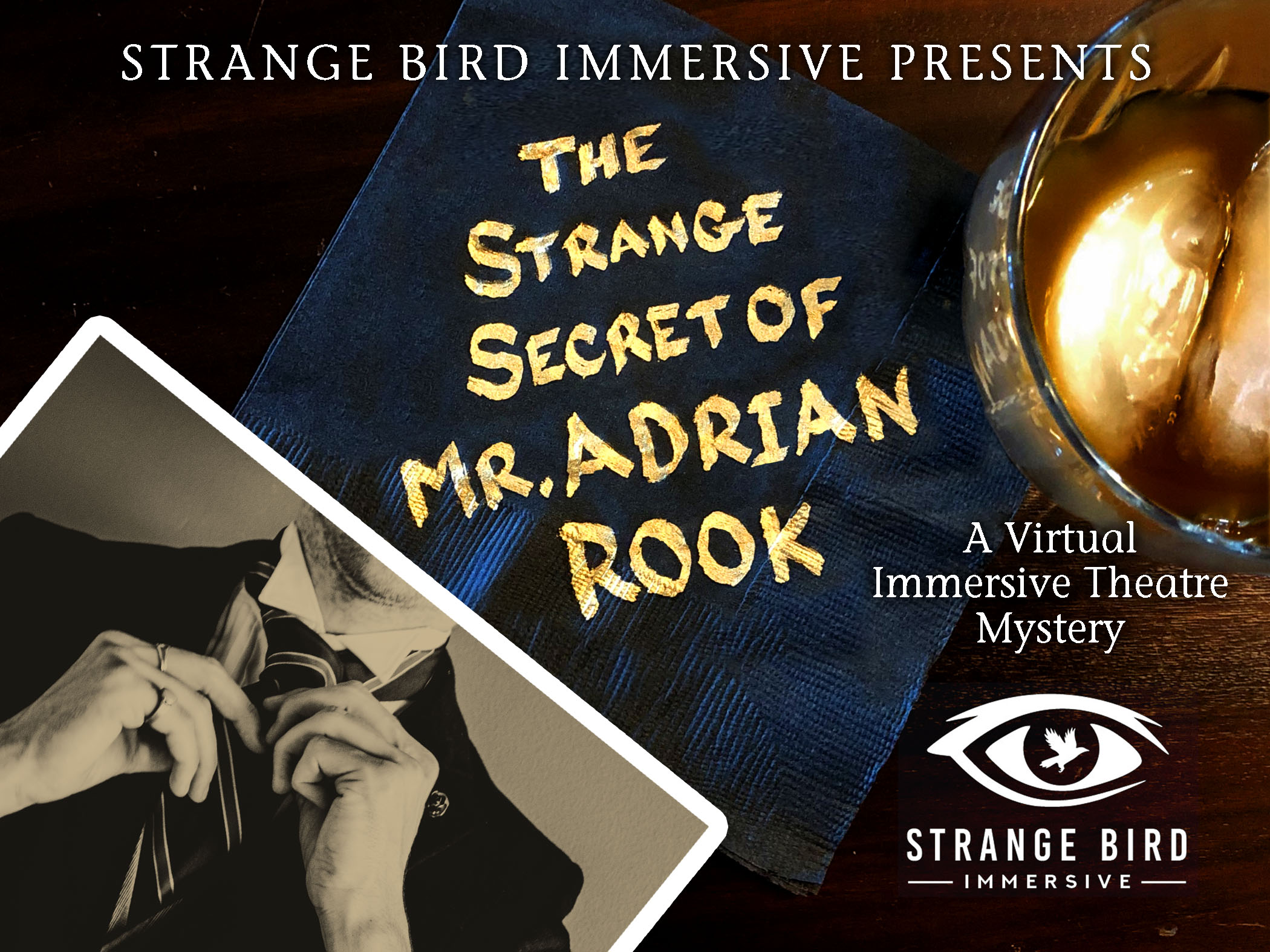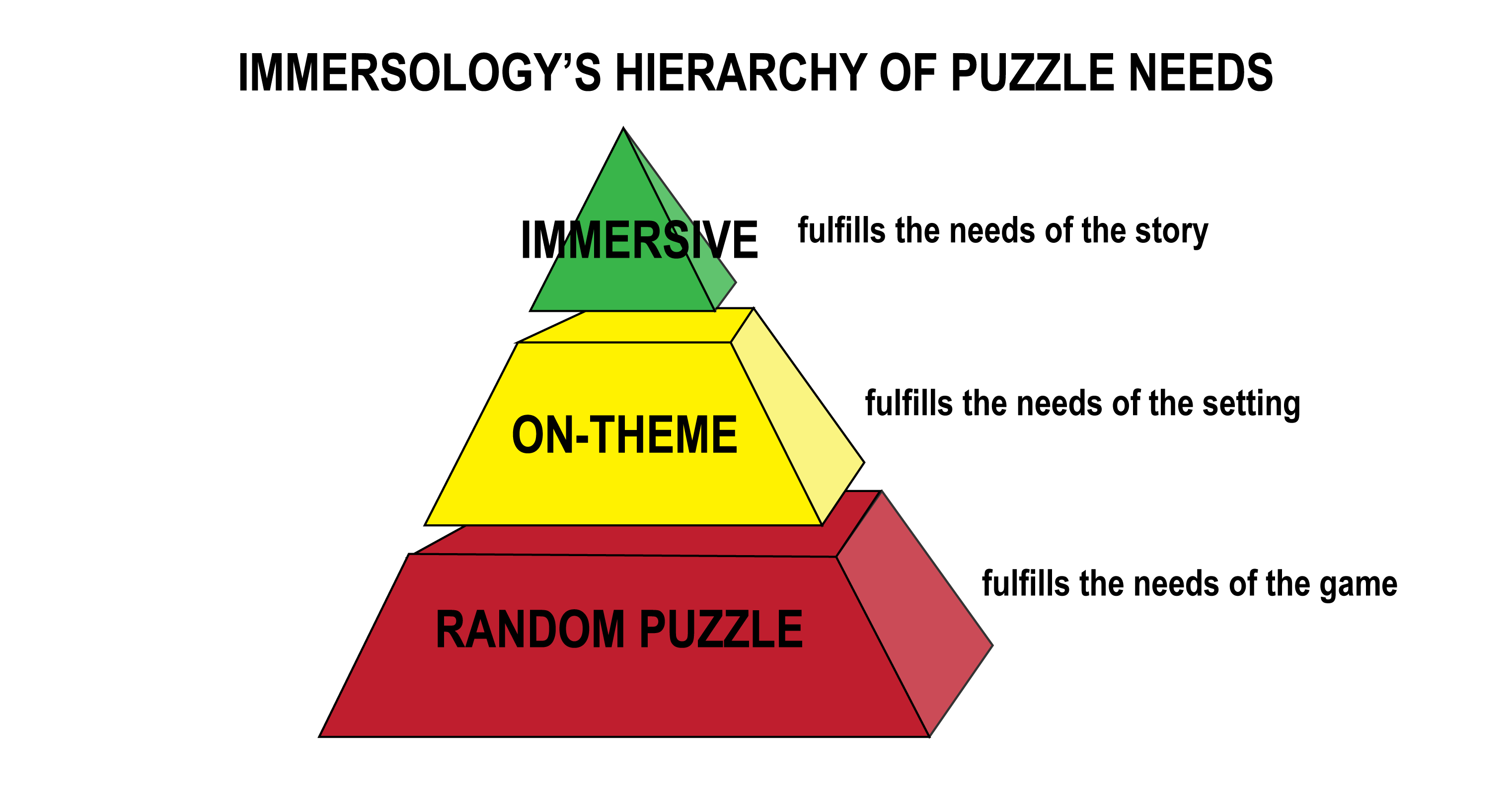The Strange Bird secret sauce is this: don’t put story and puzzles in conflict! Separate the two in the structure of your game, and then you can deliver both elements to the team’s complete satisfaction. We call the concept “Bookends & Bottlenecks.”
Category: Immersive Writing

In the face of an ongoing pandemic, Strange Bird Immersive has elected to keep our doors closed. To help us

(This post got buried in my drafts due to months of construction fun, so apologies for its not-quite-timeliness. I stand

I’d like to propose a third category that goes beyond “on-theme”: is the puzzle immersive? An immersive prop or puzzle dives me deeper into the plot, character, or world. In short, when you step back to look at it, it makes sense.

While at the Transworld’s Room Escape Conference, I overheard the tail-end of another creator editorializing on an immersive experience he

Given the most innovative thing about immersives, “Rule #2: The audience is active,” it’s tempting as an immersive writer to

Big news hit the escape room community this week: Time Run announced their collaboration with BBC’s Sherlock in an all-new
